-
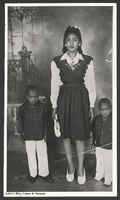
A portrait of Sadie Butler and her two sons, Roscoe and Theodore Butler. Sadie, maiden name Austin, is a descendant of the Austin family. Her family includes Luvenia and Ed Austin, who were sharecroppers on the Welaunee Plantation in Leon County, Fla. after Emancipation.
-
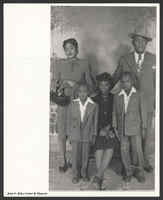
A family portrait of the Austin family: (left-right) Sadie Butler, her son Roscoe Butler, Unidentified, her other son Theodore Butler, and her father Louie Austin. The Austins are descendants of Luvenia and Ed Austin, who were sharecroppers on the Welaunee Plantation in Leon County, Fla.
-
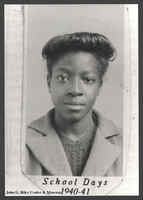
A "School Days" portrait of Emily Alexander Gaines from 1940-1941. Emily was from the Alexander Family, daughter of Robert Alexander, Sr. and Maggie Newborn Alexander.
-
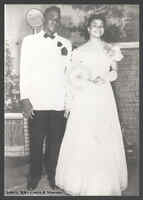
A portrait of Marion Ward and another taken at the Avery Studio. Operated by Joseph H. Avery Jr. in Frenchtown, Tallahassee, the studio captured the African-American community during the Jim Crow era when rarely other studios provided this service. Avery moved to Jacksonville in 1950, and later on to Washington, D.C. in the early 1960s, where he became the first Black photographer for the U.S. House of Representatives.
-
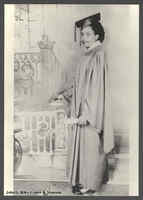
Graduation portrait of Margaret Speed, a Lincoln High School graduate, taken at the Avery Studio. Operated by Joseph H. Avery Jr. in Frenchtown, Tallahassee, the studio captured the African-American community during the Jim Crow era when rarely other studios provided this service. Avery moved to Jacksonville in 1950, and later on to Washington, D.C. in the early 1960s, where he became the first Black photographer for the U.S. House of Representatives.
-
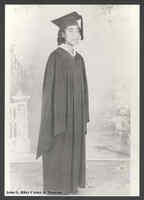
Graduation portrait of Mable Morris taken at the Avery Studio. Operated by Joseph H. Avery Jr. in Frenchtown, Tallahassee, the studio captured the African-American community during the Jim Crow era when rarely other studios provided this service. Avery moved to Jacksonville in 1950, and later on to Washington, D.C. in the early 1960s, where he became the first Black photographer for the U.S. House of Representatives.
-
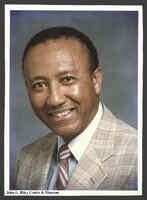
A portrait of the photographer, Joseph H. Avery Jr. from 1999 when he was 80 years old. Avery operated the Avery Studio on Virginia Street in Frenchtown, Tallahassee, where he captured the African-American community in the area. More specifically, "classy women, zoot suited men, and persons of distinction" during the Jim Crow era when rarely other studios provided this service. He moved to Jacksonville in 1950, and later on to Washington, D.C. in the early 1960s, where he became the first Black photographer for the U.S. House of Representatives.
-
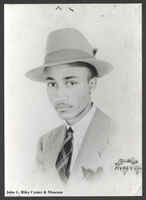
A portrait of the photographer, Joseph H. Avery Jr. Avery operated the Avery Studio on Virginia Street in Frenchtown, Tallahassee, where he captured the African-American community in the area. More specifically "classy women, zoot suited men, and persons of distinction" during the Jim Crow era when rarely other studios provided this service. He moved to Jacksonville in 1950, and later on to Washington, D.C. in the early 1960s, where he became the first Black photographer for the U.S. House of Representatives.
-
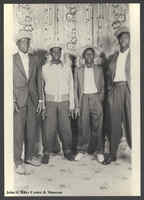
A group portrait of Jimmy Reid and friends taken at the Avery Studio. Operated by Joseph H. Avery Jr. in Frenchtown, Tallahassee, the studio captured the African-American community during the Jim Crow era when rarely other studios provided this service. Avery moved to Jacksonville in 1950, and later on to Washington, D.C. in the early 1960s, where he became the first Black photographer for the U.S. House of Representatives.
-
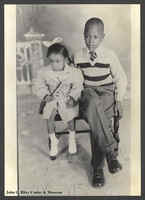
A portrait of Janice McCloud and Howard Jackson from when they were children taken at the Avery Studio. Operated by Joseph H. Avery Jr. in Frenchtown, Tallahassee, the studio captured the African-American community during the Jim Crow era when rarely other studios provided this service. Avery moved to Jacksonville in 1950, and later on to Washington, D.C. in the early 1960s, where he became the first Black photographer for the U.S. House of Representatives.










